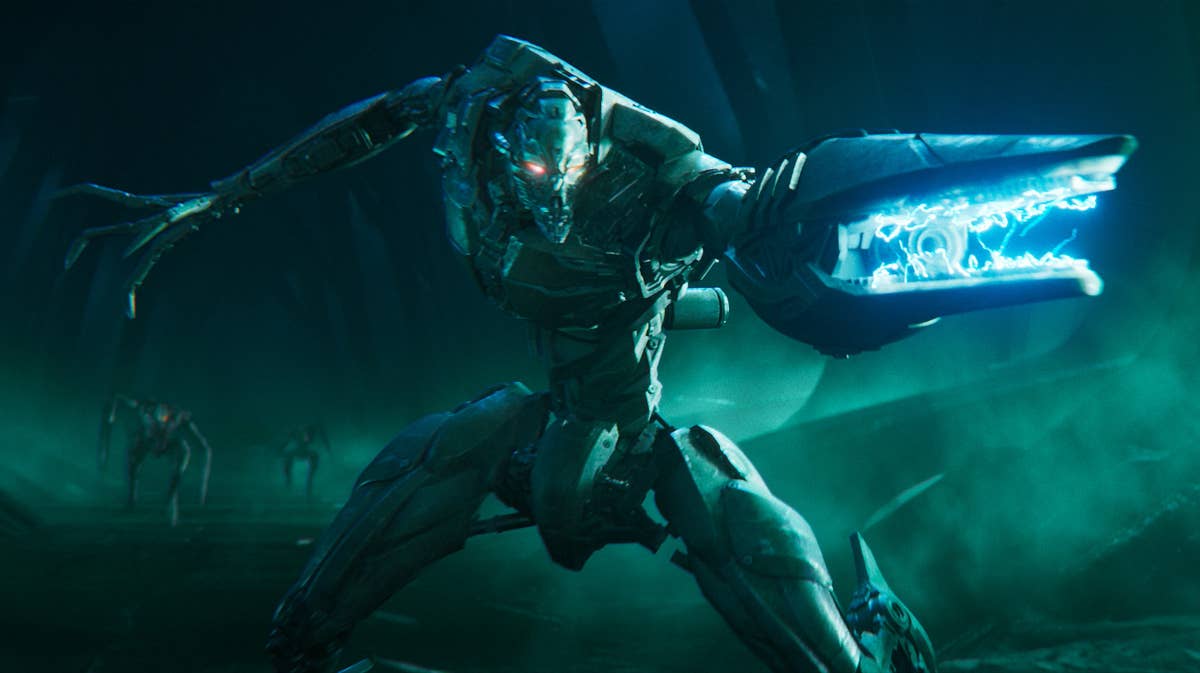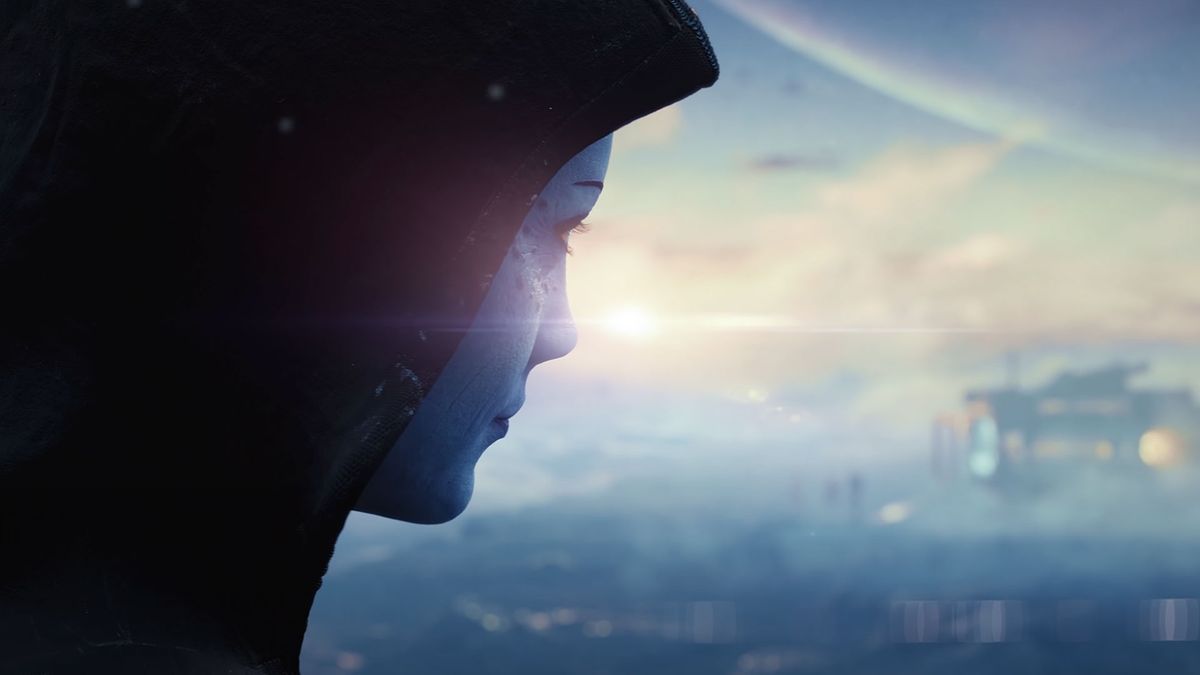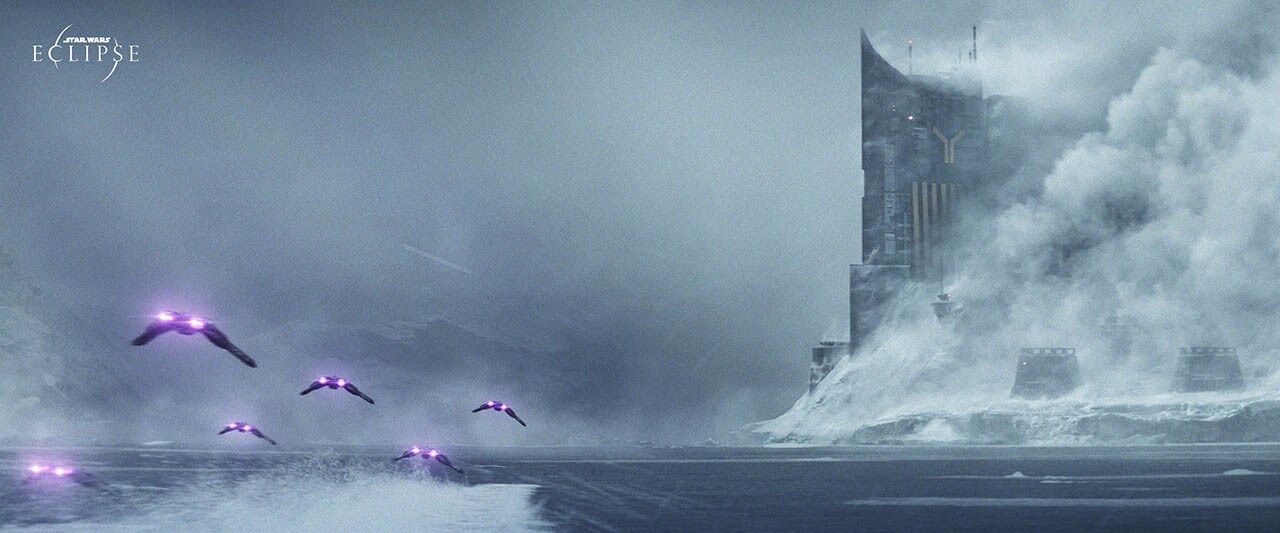It certainly wasn't my normal type of game (it existed for the PC but never tried that). The premise was basically a top-down driving simulator where you followed job objectives assigned by organised crime bosses, stealing cars, shooting police officers and generally causing mayhem. I can understand the controversy as much as the popularity it gained because of it - as well as the general gameplay appeal.
The franchise really took off when it entered the 3D era and broadened it's appeal with GTA III in 2001. Considered one of the pivotal moments in video game history the controversy never abated and increased ten-fold as the series grew in popularity. Fast forward 24 years and the franchise has evolved into a 3D 3rd/1st person action game which has generated sales from 440 million copies, the largest contribution portion of developer Rockstar Games' $20bn+ valuation.
With a 6th mainline entry in the franchise where even trailers are more hyped than some AAA game releases on the way and that a new Ray-tracing and graphical enhancement update was added to the last entry in the series I decided that I should probably take a look at Grand Theft Auto V, to see what all the fuss was about.
In his chronically misguided attempt to entice people to purchase from his online store, Epic Games honcho Tim Sweeny used to give out over a dozen high quality or AAA games for free every year. He more recently announced significant losses from this idiotic endeavour and now rarely offers more than indie slop or repeats of previous games. But in May 2020 he did grant us GTAV: Premium Edition which got the free upgrade to the Enhanced edition, so I won't complain.
I was in game for about 90 minutes when it clicked why this had sold over 200 million copies by itself. This was a cinematically directed interactive crime movie. Heat, Scarface, Boyz n the Hood in fact literally any movie there's been, law-enforcement activity, a heist or criminal drug-related shenangans probably gets a nod here and it's seriously impressive. It's a bit jarring to hear the N-word coming so much from a video game or something not done by Tarantino but it's always spoken by black characters so that's makes it OK right? The atmosphere created by Rockstar never leaves the game and while some situations are a bit far fetched it never truly breaks the cinematic immersion you just get some scenes paying homage to William Friedkin and others to Tony Scott.
You play three different characters, a low level car 'reposessor' and gang-banger Franklyn, Michael an ex-robber family man in wit-sec and Trevor a loose cannon arms trafficker and meth dealer. You control them at different points in their interwoven story as they meet and begin to plot for the biggest heist they've ever undertaken, ripping of the Federal Repository. This is a game however where the side-content, not integral to the plot is worth completing as it's as expertly produced and as well written as the main path. Often you have free reign over any character and as them you can travel around the extensive map stealing cars, ripping off other criminals, robbing armoured cars, taking part in illegal street races, visiting strip clubs and even playing some golf (I sucked at the golf).
This is Grand Theft Auto and of course the Auto part is probably the most important aspect as you will need to drive anywhere from objective to objective. You might want to use your own personal car but in this world you can just smash a window and boost or pull out the driver of a stopped car and get yourself a new ride. There are pros and cons to each different vehicle of which there must be dozens of different types and part of the appeal is finding out which vehicle would be better for each situation your find yourself in.
Despite the inevitable action sequences I did find myself driving on the freeway aimlessly just listening to the in game radio. The stations hosted by a DJs voiced by Cara Delevingne and Kenny Loggins were my favourite and I ended up missing some objectives due to wanting to hear all of INXS' "New Sensation" or Belinda Carlisle's "Circle in the Sand" to name but a few. It also made me thankful that I don't drive in reality as I started driving far too recklessly when Loggins played his own hit "Dangerzone".
Final Verdict: I initially just wanted to play for a little while just to see what the hype was about, but got totally pulled in and stayed for 60 hours before the credits rolled. It's easy to see only from this why the game generated $8.6bn (albiet likely the majority from its online component) and why Rockstar will most certainly get away with charging $100 for GTA VI. I was very tempted to continue the game in an online persona in the included GTA: Online but it's best I leave the criminal life behind... at least for now.
Technicals: 60 hours through Steam on Windows 11 with an RTX4070Ti @ 3440x1440/60FPS with in-game HDR and full Ray Tracing.
Availability: Grand Theft Auto V is available from Steam for €29.99. Review copy received through EGS in May 2020 for €0.00.
Grand Theft Auto series (mainline only):
- Grand Theft Auto (1997)
- Grand Theft Auto 2 (1999)
- Grand Theft Auto III (2001)
- Grand Theft Auto: Vice City (2003)
- Grand Theft Auto: San Andreas (2004)
- Grand Theft Auto IV (2008)
- Grand Theft Auto V (2013)
- Grand Theft Auto VI (2025?)














